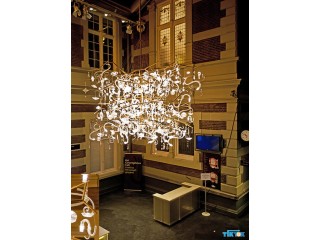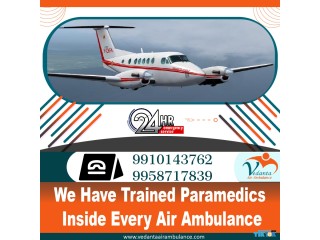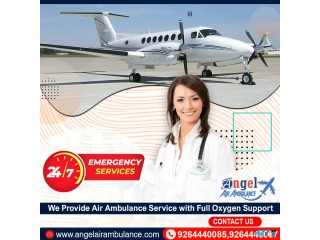Chinaturbokits Private
2 years ago - Multimedia - San Antonio - 54 views -A turbocharger is a device fitted to a vehicle's engine that is designed to improve the overall efficiency and increase performance. This is the reason why many auto manufacturers are choosing to turbocharge their vehicles. The new Chevrolet Trax and Equinox are both offered with turbocharged engines and as time goes on, more and more vehicles will be fitted with them.
A turbo is made up of two halves joined together by a shaft. On one side, hot exhaust gasses spin the turbine that is connected to another turbine which sucks air in and compresses it into the engine. This compression is what gives the engine the extra power and efficiency because as more air can go in the combustion chamber, more fuel can be added for more power.
A turbocharger is made up of two main sections: the turbine and the compressor. The turbine consists of the turbine wheel and the turbine housing. It is the job of the turbine housing to guide the exhaust gas into the turbine wheel. The energy from the exhaust gas turns the turbine wheel, and the gas then exits the turbine housing through an exhaust outlet area.
The compressor also consists of two parts: the compressor wheel and the compressor housing. The compressor's mode of action is opposite that of the turbine. The compressor wheel is attached to the turbine by a forged steel shaft, and as the turbine turns the compressor wheel, the high-velocity spinning draws in air and compresses it. The compressor housing then converts the high-velocity, low-pressure air stream into a high-pressure, low-velocity air stream through a process called diffusion. The compressed air is pushed into the engine, allowing the engine to burn more fuel to produce more power.
In addition to the extra power, turbochargers are sometimes referred to as devices that offer "free power" because unlike a supercharger, it does not require the engine's power to drive it. The hot and expanding gasses coming out of the engine are what power a turbocharger so there is no drain of the engine's net power. Turbocharged engines are also not affected in the same way as naturally aspirated engines are when they go at higher altitudes. The higher in altitude a naturally aspirated engine climbs, the harder it becomes for it to get oxygen due to the thinning atmosphere. A turbocharger gets around this problem because it forces the oxygen into the engine's combustion chamber, sometimes at 2 times the pressure of the atmosphere.
Turbochargers also improve the fuel efficiency of a vehicle however there is a misconception when it comes to turbocharged vehicles and fuel efficiency. Taking a naturally aspirated engine and slapping on a turbocharger on it will not improve fuel efficiency. The way that manufacturers improve fuel efficiency though turbocharging is by down-sizing an engine and then turbocharging it. For example, take a 2.5L inline-4 cylinder naturally aspirated engine and decrease the displacement to 1.4L and then turbocharger it. The smaller, turbocharged engine would still have the same performance figures (or slightly better) but because of the smaller displacement, it would also use less fuel.
In automotive applications, "boost" refers to the amount by which intake manifold pressure exceeds atmospheric pressure at sea level. This is representative of the extra air pressure that is achieved over what would be achieved without the forced induction. The level of boost may be shown on a pressure gauge, usually in bar, psi or possibly kPa. The control of turbocharger boost has changed dramatically over the 100-plus years of their use. Modern turbochargers can use wastegates, blow-off valves and variable geometry, as discussed in later sections.



















